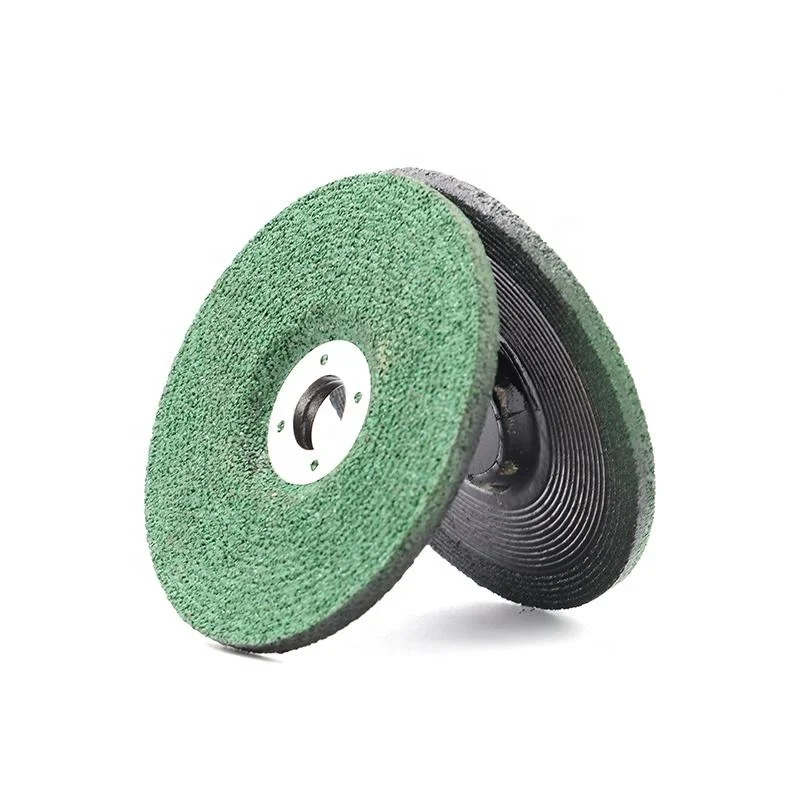Henan Qianna Trading Co., Ltd.
Tel: +86-0371-65015556
Mob: +86-15544129888
E-mail: info@qn-abrasive.com

The hardness of abrasives mainly depends on the amount of binder added and the density of the abrasive. If the abrasive particles are prone to falling off, it indicates a lower hardness; conversely, if they are firmly attached, it indicates higher hardness. The hardness of abrasives is generally classified into seven grades: ultra-soft, soft, medium-soft, medium, medium-hard, hard, and ultra-hard. These grades can be further subdivided into smaller levels.
Common methods for measuring abrasive hardness include the hand cone method, mechanical cone method, Rockwell hardness test, and sandblasting hardness test.
There is a correlation between the hardness of the abrasive and its dynamic elastic modulus, which allows for the use of acoustic methods to measure the dynamic elastic modulus of abrasives as an indicator of their hardness. In grinding operations, if the material of the workpiece is hard, abrasives with lower hardness are typically selected; on the other hand, if the workpiece is soft, abrasives with higher hardness are preferred.